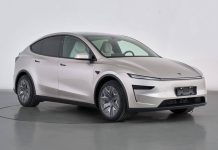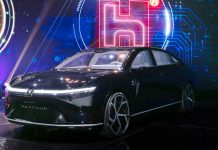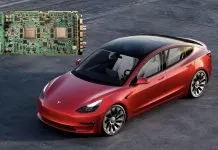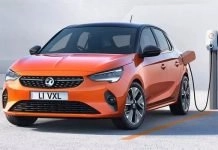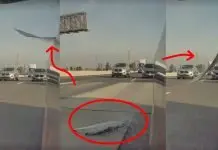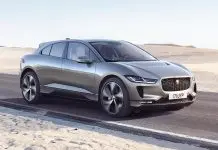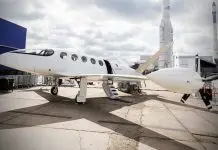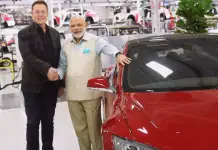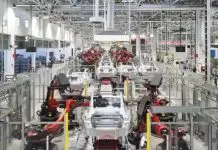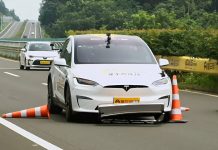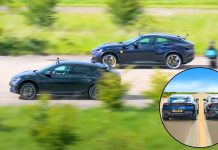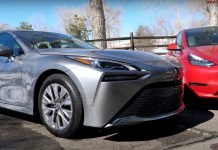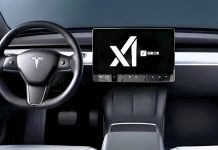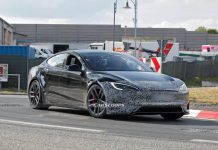Tesla CEO Elon Musk has announced that the company is deploying more than 100 completely autonomous Model Y vehicles in the Bay Area as a ride-hailing service. The step is a sign that the company will take another significant stride in deploying its long-hyped network of self-driving cars, the “Robotaxi,” that drives without a human behind the wheel.
Musk posted on X: “We are working as quickly as possible to get 100+ Teslas operating for autonomous ride-hailing (can’t use the word ‘taxi’ or ‘cab’ in California) in the Bay Area and allow anyone to request a ride.”
Tesla has been secretly gearing up for this over the last few months, as numerous sensor-laden Model Ys have been spotted in San Francisco, Palo Alto, and Mountain View. Although the company has already demonstrated autonomous functionality within Full Self-Driving (FSD) beta releases, this marks the initial legitimate, scaled use of Tesla cars driving without a person behind the steering wheel at all, among consumers requesting a ride.
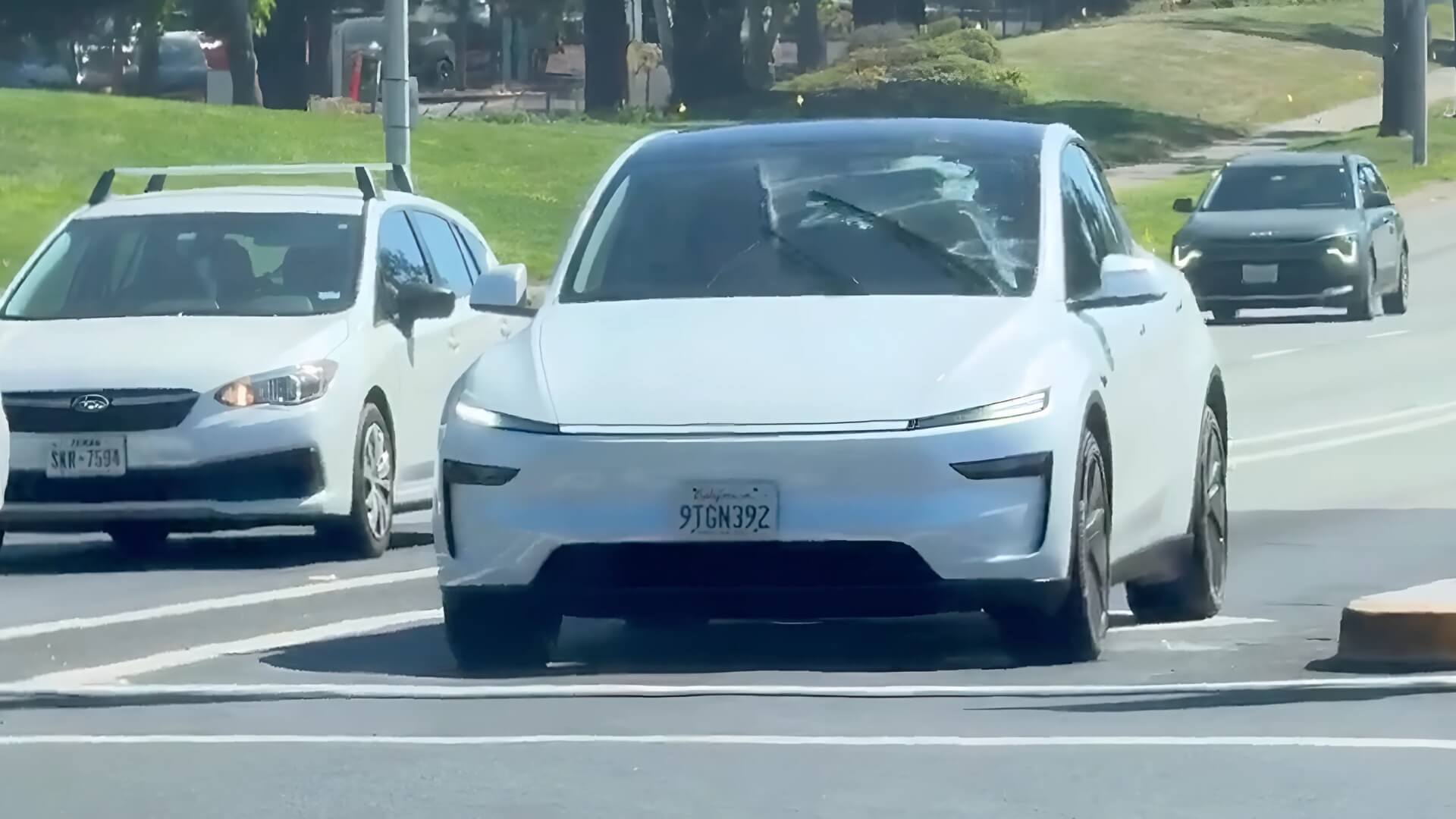
Regulatory Constraints and Terminology
However, Tesla is restricted by California laws since it prohibits applying such terms as taxi or cab, unless a group is registered as a conventional taxi service. Tesla now calls it “autonomous ride-hailing” instead of Robotaxi in official communication, although that term has been used regularly in the public sphere.
The California Public Utilities Commission (CPUC) is directly involved with California-based autonomous vehicle activities and is currently requiring special authorizations to deploy the vehicles, test them as driverless, and provide commercial services in transporting passengers. There is no clear mention of the regulatory framework in which Tesla is operating, but experts in the industry speculate that the company received a CPUC Driverless Deployment Permit after Cruise and Waymo.
We are working as quickly as possible to get 100+ Teslas operating for autonomous ride-hailing (can’t use the word “taxi” or “cab” in California) in the Bay Area and allow anyone to request a ride
— Elon Musk (@elonmusk) August 6, 2025
How It Works
According to reports, riders will be capable of hailing an autonomous Model Y through the Tesla app, which will allow a separate interface for ride-hailing as compared to the car ownership and Supercharger services. Prices and ride coverage areas have not been disclosed by Tesla yet; however, according to the initial tests, its trials seem to be concentrated in downtown San Francisco and the adjacent areas.
In contrast to its competitors, who use LIDAR and high-definition maps, Tesla’s autonomous vehicles can operate on a vision-based system, which is based on neural networks and real-time decision-making, making a distinct approach that has its proponents and opponents in the autonomous driving ecosystem.
Competition Heats Up
Tesla jumping into the autonomous ride-hailing market places it squarely in a competitive battle with Cruise (a subsidiary of General Motors), Waymo (a part of Alphabet), and Zoox (purchased by Amazon). Each of them has already introduced a pilot program at Tesla. However, it places Tesla at an advantage with its sheer number of vehicles and brand awareness to consumers.
With the upcoming weeks bringing the Bay Area squarely into the spotlight as the autonomous mobility race picks up, most observers will turn to Tesla and its Model Ys to test the true nature of real-world, driverless driving.





